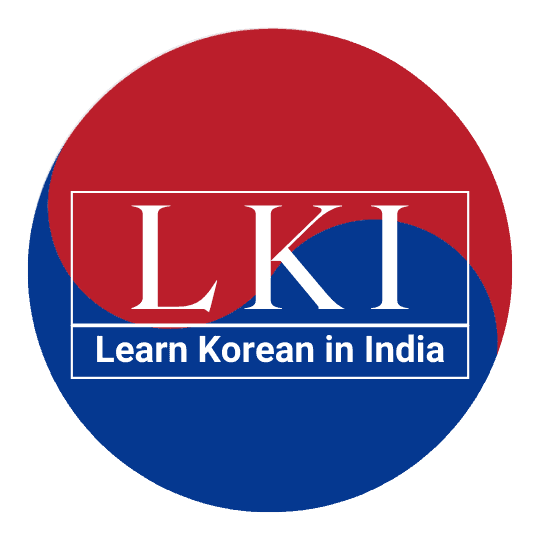Let's understand the difference between V+아/어/해도 되다 & (으)면 되다 [Korean Grammar] and make some example sentences.
Difference between V+아/어/해도 되다 & (으)면 되다 [Korean Grammar]
USE:
1. V/A -아/어/해도 되다 Korean grammar pattern is used to ask for or give permission.
It's equal to "May I/ Can I?" or "you can/ you may" in English.
2. V/A +(으)면 되다 Korean grammar pattern is used to shows the minimum requirement that is required to achieve a result.
It's same as "It’s enough to or you just have to" in English.
CONJUGATION RULE:
1. V/A-아/어/해도 되다 grammar is used with verbs and adjectives. The first step of '아/어/해도 되다’ conjugation is to remove ‘다’ from the base form of the verb or adjectives.
- If the verb stem ends with the vowel ‘ㅏ’ or ‘ㅗ’, ‘아 도 되다’ is used.
- If the verb stem ends with any other vowel, then ‘어 도 되다’ is used.
- When the verb ends with 하, the form changes to '해 도 되다'.
So let's take a verb 먹다(to eat). if you remove 다 from 먹다, 먹 (stem) is left. And then, look at the last vowel.
So in the 먹, the last vowel is 어.
According to the conjugation rule, if the last vowel of stem is 어, we add 어도 되다.
so it becomes 먹어 어도 되다 or 먹어 어도 돼요.
2. (으)면 되다 grammar is used with verbs and adjectives. The first step of ‘(으)면 되다’ conjugation is to remove ‘다’ from the base form of the verb or adjectives.
- If the verb/adj stem is ending with a final consonant (받침), we use v+ (으)면 되다.
- If the verb/adj stem is ending with any vowel( without patchim) then ‘v+ 면 되다’ is used.
So let's take a verb 먹다(to eat). if you remove 다 from 먹다, 먹 (stem) is left. And then, look at the stem. So in the 먹, is ending with final consonant i.e. Patchim.
According to the conjugation rule, if the stem is end with Patchim, we add (으)면 되다.
so it becomes ‘먹으면 되다’.
EXAMPLE SENTENCES:
A- 네, 앉으세요. (Yes, please have a seat.)
2. V/A +(으)면 되다

